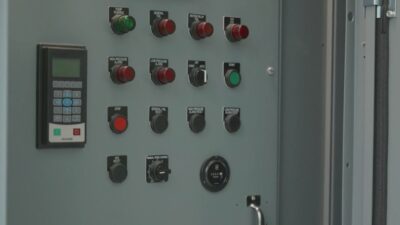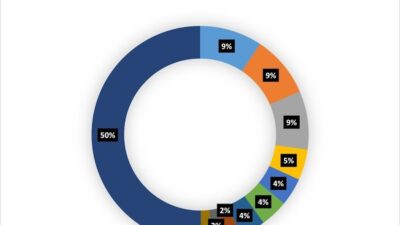Open process automation promises 52% hardware/software savings, 47% lifecycle savings, more capable and frequent software upgrades, along with interoperability and interchangeability. But it requires more integration at first; likely less, later.

Learning Objectives
- Understand open process automation benefits: 52% hardware/software savings, 47% lifecycle savings, more capable, and frequent software upgrades, along with interoperability and interchangeability. But it requires more integration at first; likely less, later.
- Learn about lower cost, more capable, hardware-independent controls.
- Explore how open controls will mean more innovation, with incremental improvements and easier adaptability and system integration along the way.
Open controls insights
- Open process automation offers 52% hardware/software savings, 47% lifecycle savings, more capable, and frequent software upgrades, along with interoperability and interchangeability. But it requires more integration at first; likely less, later.
- Lower costs doesn’t mean lower capability. Tests compared traditional PID performance to more capable, hardware-independent MVP controls.
- Open controls will mean more innovation, with incremental improvements and easier adaptability and system integration along the way.
Pay attention: Open process automation represents a market shift; some may be left behind.
Open process automation translates into 52% hardware/software initial savings (though more system integration costs, at, least, initially), but a 10% start-up savings compared to a distributed control system (DCS). It also means 47% lifecycle savings over 25 years. For many, this could mean hundreds of millions of dollars in savings, per site, as explained at the 2024 ARC Industry Forum.
Lower cost, more capable, hardware-independent controls
The hardware-independent control software is more capable and can be applied independent of hardware brands. A hardware standard is making hardware interchangeable among participating vendors. (See PICMG standard in news.)
Automation users have looked at savings from information technology (IT)-based standards in server farms and wondered why vendors in the automation, controls and instrumentation markets, haven’t offered similar benefits.
Operational technology (OT) applications of automation have been comparatively difficult to integrate competing technologies, even when following “standards” (networking and programming and other standards didn’t allow interoperability.) Finally, end-users, seeing productivity gains in IT, wanted interoperability and interchangeability and are getting it by creating standards and voting with budgets.
Open controls means more innovation, incremental improvements, adaptability
This transition allows IT companies to make market share gains in automation, and allows automation companies faced with proving to end users and system integrators the usefulness of their technologies for adapting to sustainability, artificial intelligence and machine learning (AI/ML), labor shortages, IT/OT convergence, smart manufacturing, digitalization and Industry 4.0.
IT and OT suppliers need to prove to customers that they can serve this transitioning market. Think again about what this means for OT automation and controls. For IT suppliers, means new market opportunities. For OT suppliers, it means a transition to open systems. For end users and system integrators, it means savings, more capabilities and more opportunities.
Mark T. Hoske, content manager, Control Engineering, CFE Media and Technology, [email protected].
ONLINE
Learn more in this issue and https://www.controleng.com/articles/new-cost-analysis-open-process-automation-saves-52-versus-dcs, first of a four-part series on open process automation.
https://www.opengroup.org/forum/open-process-automation-forum
KEYWORDS
Open process automation, interoperable automation
CONSIDER THIS
Are you accelerating into open process automation, or watching others accelerate?




